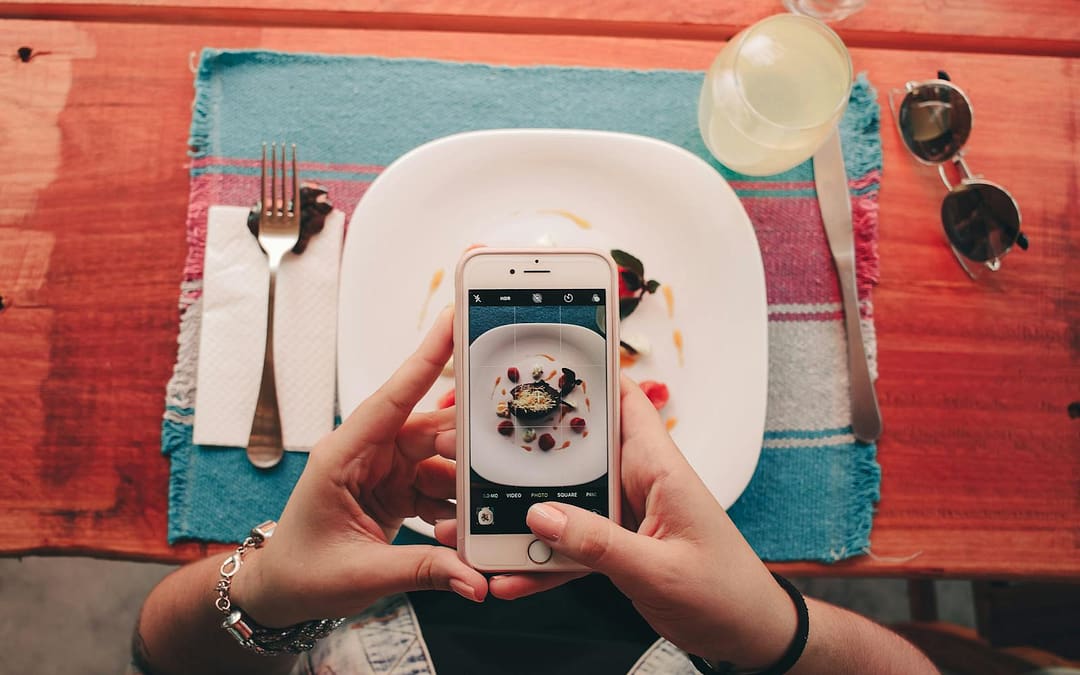The restaurant industry is a highly competitive space, and one of the keys to survival is strategic social media planning. A well-planned social media marketing strategy can help restaurants connect with their target audience, boost customer engagement, drive website traffic, and ultimately increase sales. But where do you start? In this comprehensive guide for Strategic social media planning for restaurants, I will walk you through the ultimate plan for strategic social media planning for business.
The Importance of Social Media Marketing for Restaurants
According to a study conducted by Toast, an all-in-one restaurant management platform, more than half (51%) of consumers prefer to dine at a restaurant that they follow on social media. Furthermore, a whopping 90% of 18-34 year olds trust restaurant recommendations from social media, according to data from Sprout Social. This indicates that social media can play a crucial role in building brand awareness and driving traffic to your restaurant.
Developing a Strategic Social Media Plan:
Define Your Goals and Objectives
Before Strategic social media planning for restaurants, it is important to define your goals and objectives. What do you want to achieve with your social media presence? Is it to increase bookings, promote a new menu item, or build brand awareness? Whatever your goals are, make sure they are SMART (specific, measurable, attainable, relevant, and time-bound).
Identifying your goals will help you to tailor your social media strategy accordingly. For example, if your goal is to increase bookings, you may want to focus on promoting special deals or highlighting customer testimonials that showcase the dining experience at your restaurant.
Know Your Target Audience
Identifying your target audience is a crucial factor for social media success. Who are they? What kind of content do they like to engage with? What platforms do they use? By understanding your target audience, you can create content that resonates with them and choose the right social media platforms to reach them effectively.
Create customer personas that include demographic information such as age, gender, location, and psychographic details such as their interests, preferences, and behavior. This will help you create content that speaks directly to your target audience.
Choose the Right Social Media Platforms
Once you have identified your target audience, it’s time to choose the social media platforms that they are most active on. Different platforms have different user demographics and characteristics, so it’s important to focus your efforts on the platforms where your target audience spends the most time.
For example, if your target audience is primarily millennials, platforms like Instagram and TikTok may be more effective in reaching them. On the other hand, if your target audience consists of professionals and business executives, platforms like LinkedIn and Twitter may be more suitable.
Develop Engaging Content that Resonates with Your Audience
Creating and sharing quality content that is informative, engaging and relevant to your audience is key to social media success. Use a mix of photos, videos, and text to keep your audience engaged. Share behind-the-scenes stories, your unique selling proposition (USP), and highlight new promotions or menu items.
Consider using user-generated content, such as customer photos and reviews, to build trust and authenticity. Encourage your customers to share their dining experiences and tag your restaurant on social media.
Plan Your Posting Schedule
A consistent posting schedule will help you stay top-of-mind with your followers. Develop a content calendar that outlines when and what posts will be shared on each platform. Use scheduling tools like Hootsuite, Buffer, or Sprout Social to schedule posts in advance, ensuring a regular and timely presence on social media.
Your posting schedule should take into account the peak times when your target audience is most active on social media. This may require some trial and error to identify the optimal times for engagement.
Monitor, Evaluate and Adjust Your Plan
Evaluating your progress regularly and making adjustments to your plan is a crucial step in the social media planning process. Use analytics tools provided by social media platforms to monitor your success, engagement rate, number of clicks, shares, or saves. Adjust your strategy accordingly based on the data and insights you gather.
Pay attention to metrics such as reach, engagement, click-through rate (CTR), and conversion rate. These metrics will help you determine whether your social media efforts are effective in achieving your goals.
How We Can Help You:
At Opus Momentum, we understand the unique challenges that restaurants face when it comes to Strategic social media planning for restaurants. We have years of experience in helping restaurants build a strong online presence and achieve their business goals through strategic social media planning.
Our services include social media marketing, search engine optimization (SEO), website design and development, and email marketing. We have a team of skilled and experienced digital marketers who are well-versed in the latest trends and best practices in the industry. We can help you develop a comprehensive social media plan that will help you connect with your target audience, elevate your brand, and grow your business.
Now you are ready to start strategic social media planning for restaurants
Strategic social media planning for restaurants takes time, effort, and strategy to get right. It’s not just about creating a presence on social media, but about creating an online community that is engaged and interested in your brand. Remember to define your goals, know your audience, develop engaging content, plan a posting schedule, monitor your progress, and make adjustments as needed. Opus Momentum is here to guide you to success with your restaurant’s digital marketing. Contact us today for a free consultation and let us help you take your restaurant to new heights.
